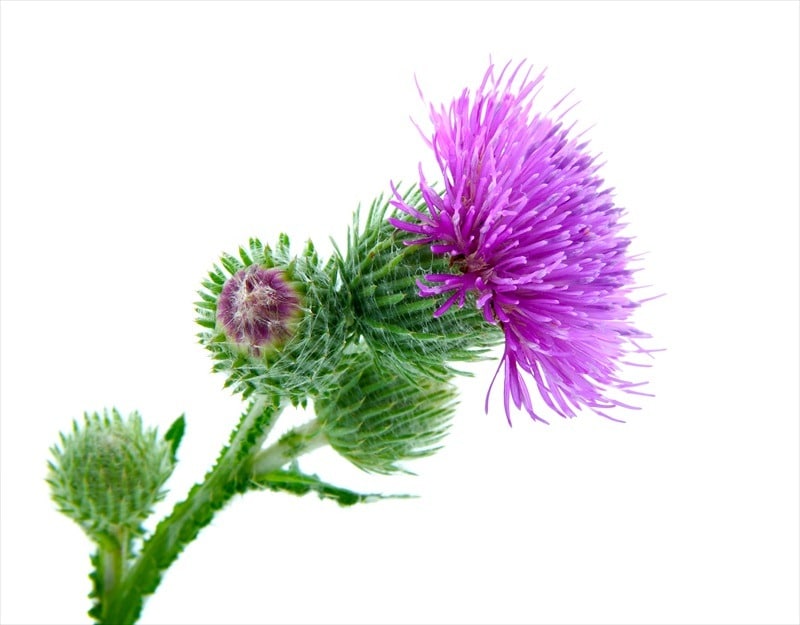
Plant Profile: Burdock (Arctium lappa)
From Herbalist Erin Smith
It is one of the most well known “blood cleansers” in Chinese and Western herbalism. Blood cleansers, or alterative, work by supporting the liver and kidneys to clear the body of wastes while also increasing availability of nutrients to help repair and protect bodily tissues. This gentle liver support is also behind one of burdock’s other uses – skin. It is one of the few herbs for skin that is taken internally. In most herbal traditions, sluggish liver is believed to be one of the main culprits of skin conditions: if your body is not able to clear waste properly, then it will try to push it out through the skin. Burdock’s alterative action helps your liver to do its job, getting to the root of many skin conditions, including eczema, acne and psoriasis.
Burdock is also an ally for women. It helps to support healthy menstrual cycles and hormonal balance, making it an excellent addition during menopause. It helps to insure a healthy inflammatory response throughout the body and due to its slight mucilaginous quality and high concentrations of inulin, it aids digestion and supports a healthy gut. It is a powerful antioxidant.
While the root is primarily used, the leaves and seeds were also used traditionally. The seeds are diuretic and have also been found helpful in soothing the symptoms of arthritis and asthma. The leaves are can be used externally to soothe inflammatory conditions. The root can be taken as a decoction, tincture, or powdered.
Burdock could also easily be classified as a superfood. Along with all these health benefits, the root is also delicious, with a slightly sweet flavor. It is used frequently in Japanese cooking, where it is known as gobo and food is one of the best ways to take Burdock. It is delicious roasted with other root vegetables, added to stir-fry and soups, or made into chips or fries. The very young stalks, when prepared correctly, can be boiled and eaten like asparagus.
Energetically, it can aid those with unhealthy attachments and provide grounding energy to those struggling to feel rooted in their lives. It is cleansing and protective.
Burdock is widespread throughout Europe and North America and is another one of our healing “weeds”.
Seasoned Burdock Fries
- 5 Burdock roots*, well cleaned
- 2 tablespoons sunflower oil
- 1 teaspoon paprika
- 1 teaspoon dried thyme
- Dash of Tamari
- salt and pepper
To make:
Preheat oven to 425 degrees. Slice the roots into ¼ inch thick strips. Place them in a plastic bag. Add oil, spices, and Tamari. Seal and shake until all pieces are well coated in oil and spices. Spread evenly on a baking sheet and bake, turning occasionally, until all sides are brown and fries are soft in the middle.
*Burdock roots vary greatly in size, especially if wild harvested; adjust the number of roots used according to the size of your roots.
To learn more about how Integrative Family Medicine of Asheville practices medicine differently, visit our “about” page!

